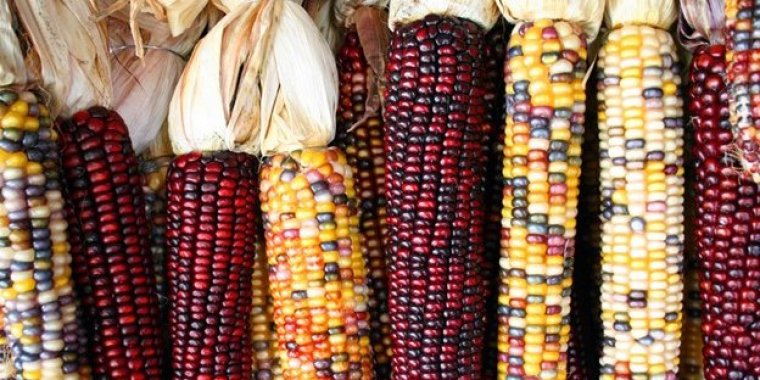| News / Science News |
Migrants from south carrying maize were early Maya ancestors
A site in Belize has been critical to studying the origins of the ancient Maya people and the spread of maize as a staple food, according to research by an interdisciplinary team of scientists.

A site in Belize was critical to studying the spread of maize as a staple food. Photo: Wikimedia Commons
Excavations in Belize, along with ancient DNA analyses, indicate a previously unknown migration of people who carried maize, or corn, from an area of South America to north of the Maya region.
Scientists excavated 25 burials dating 10,000 to 3,700 years ago from two cave or rock shelter sites in the remote Maya Mountains.
The sites are located beneath the overhangs of limestone cliffs that once sheltered people living below and protected the everyday debris and burials of the dead for more than 7,000 years.
The excavated skeletons revealed ancient DNA information on the movements of early populations in the Americas.
A southward migration of people from the north some 9,600 to 7,300 years ago shows only distant relatedness to present-day Mesoamericans, including Mayan-speaking populations.
A previously unknown movement from the south starting about 5,600 years ago made a major demographic impact on the region, contributing to more than 50% of the ancestry of all later individuals.
Present-day Chibchan speakers from Costa Rica to Colombia are descendants of people from that ancient migration.
The genetic prehistory of human populations in Central America had been largely unexplored, leaving an important gap in knowledge of the global expansion of humans, according to University of New Mexico archaeologist Keith Prufer, who co-led the study.
"By analyzing ancient DNA and samples from teeth, these findings suggest that the knowledge of how to grow and harvest corn was brought by this ancient group of people moving north, as opposed to information being shared between neighboring cultures," said John Yellen, a program director in NSF's Division of Behavioral and Cognitive Sciences.
Eventually the consumption of maize increased until it became a diet staple, Prufer said. The dispersal of maize fanned out, moving northward to the Maya population and eventually across both continents.
When the Spanish arrived around 1500 AD, maize was a staple of every Native American group's diet. (National Science Foundation)





